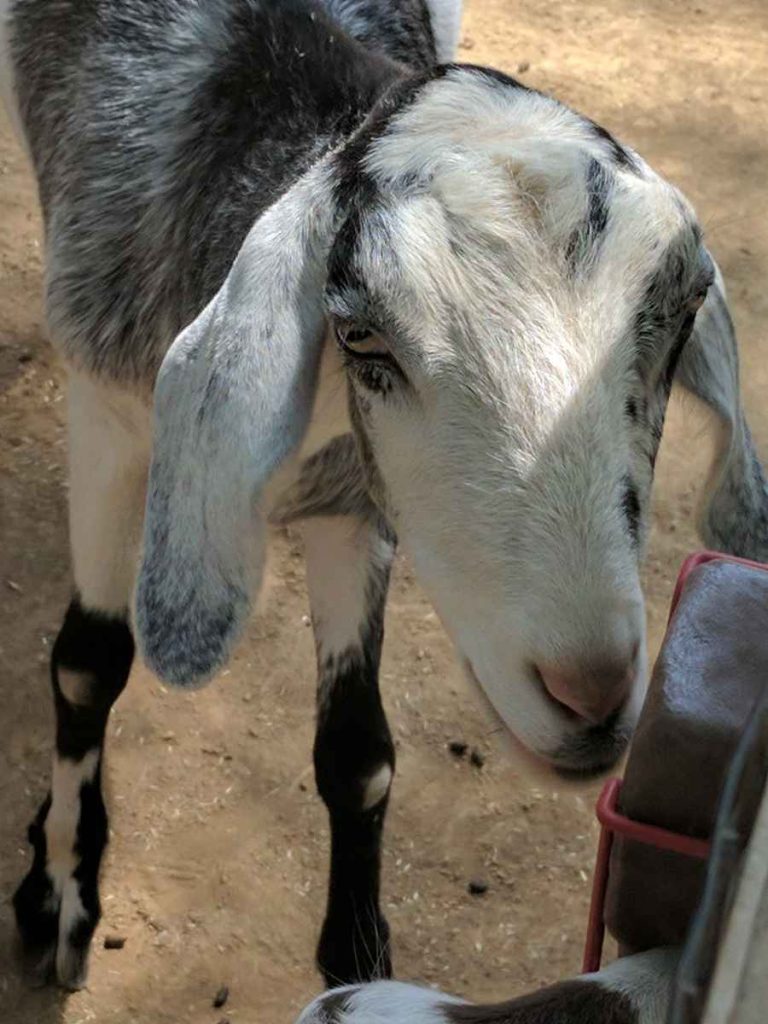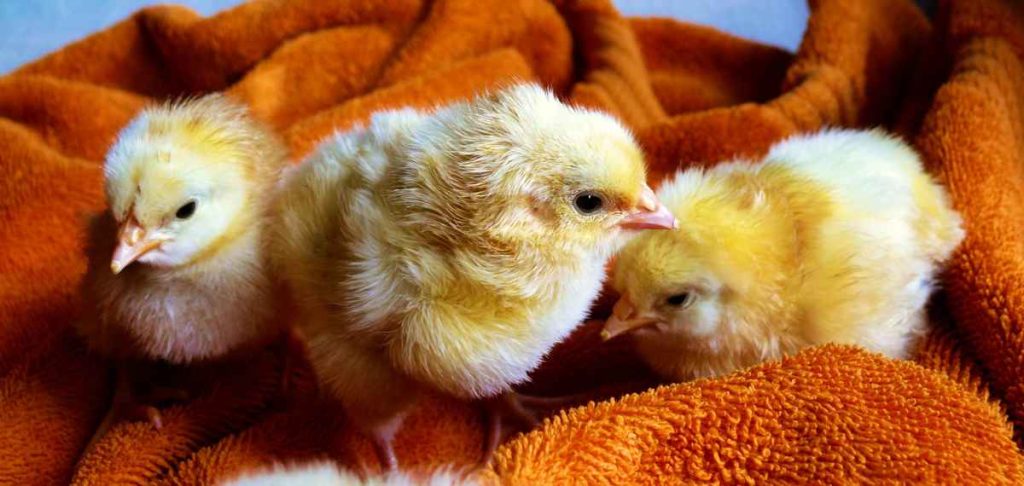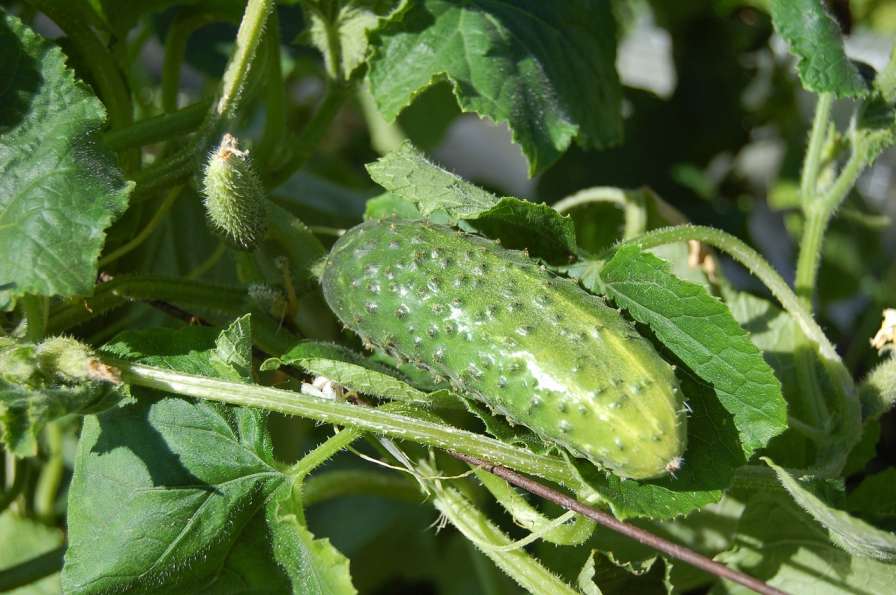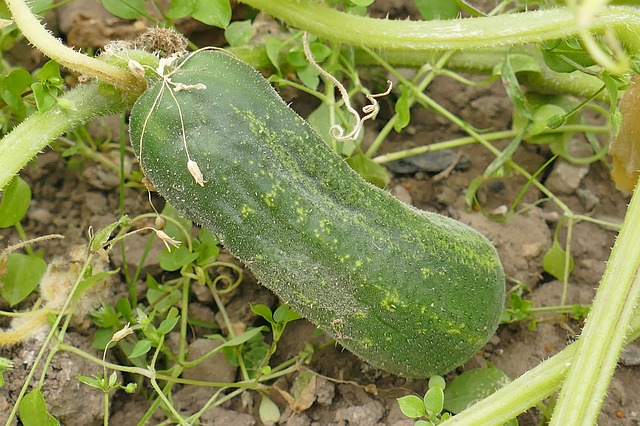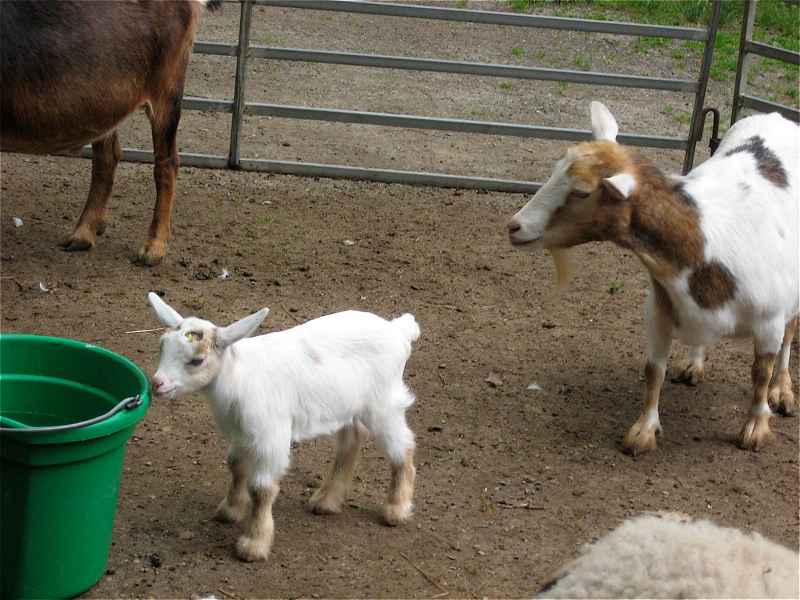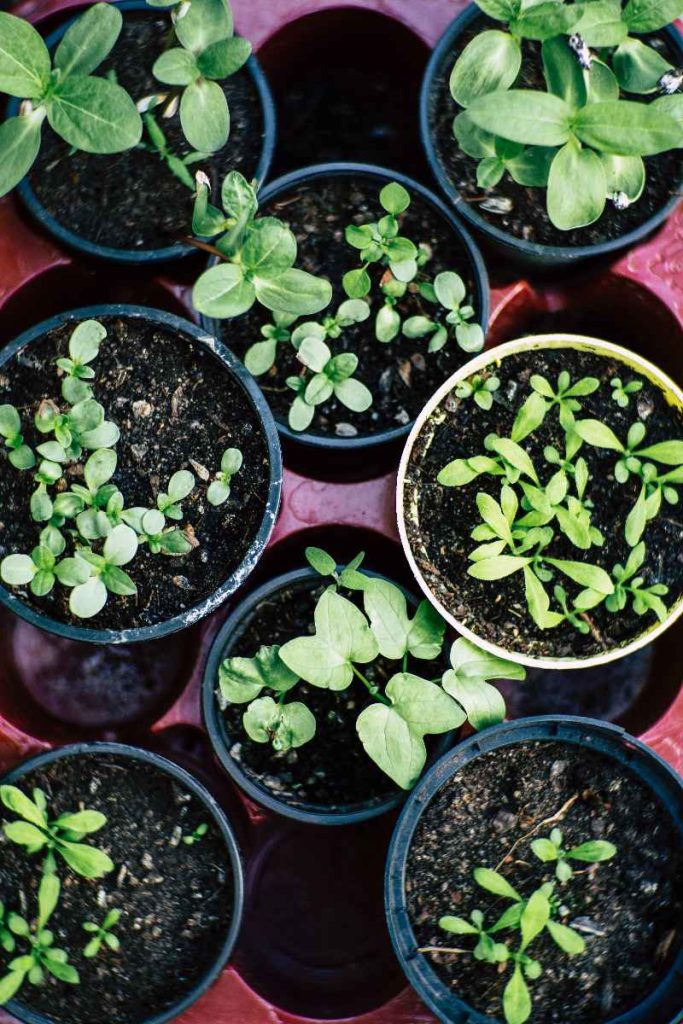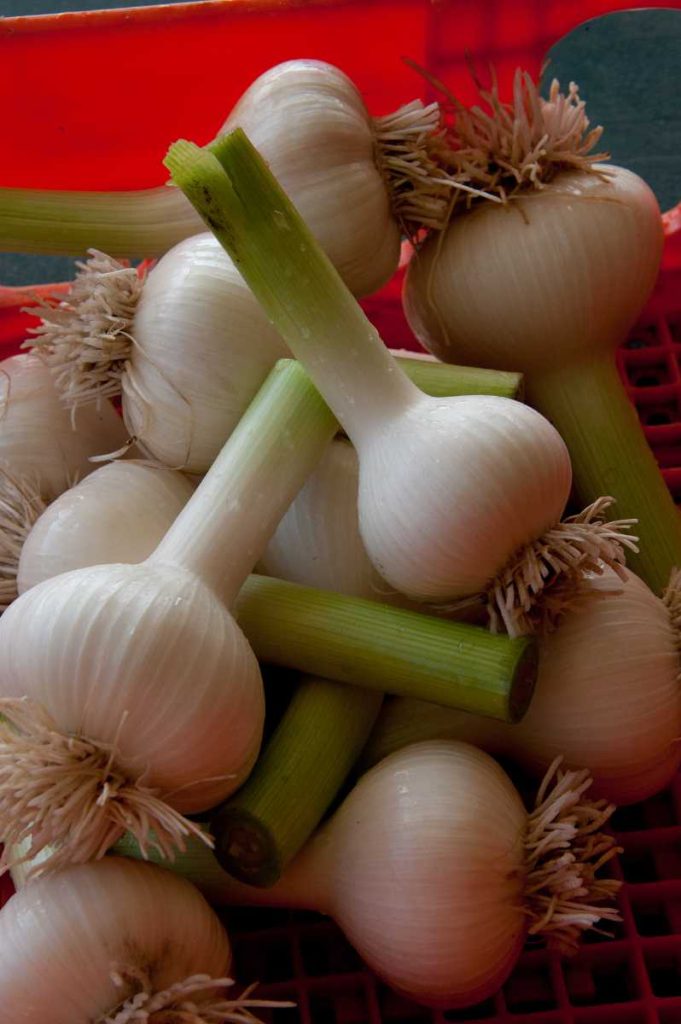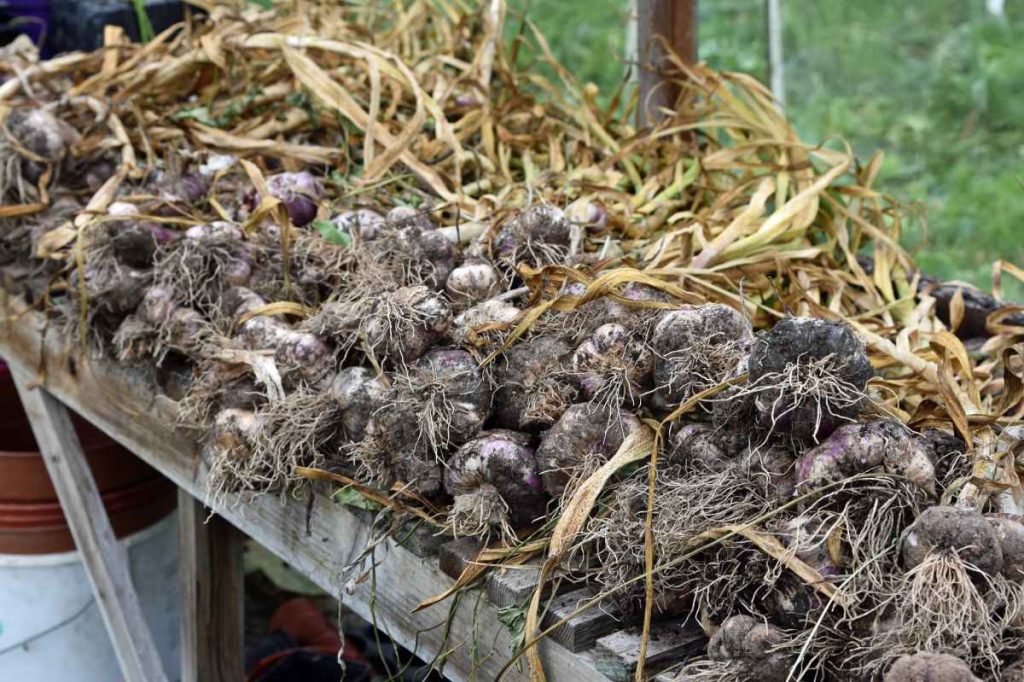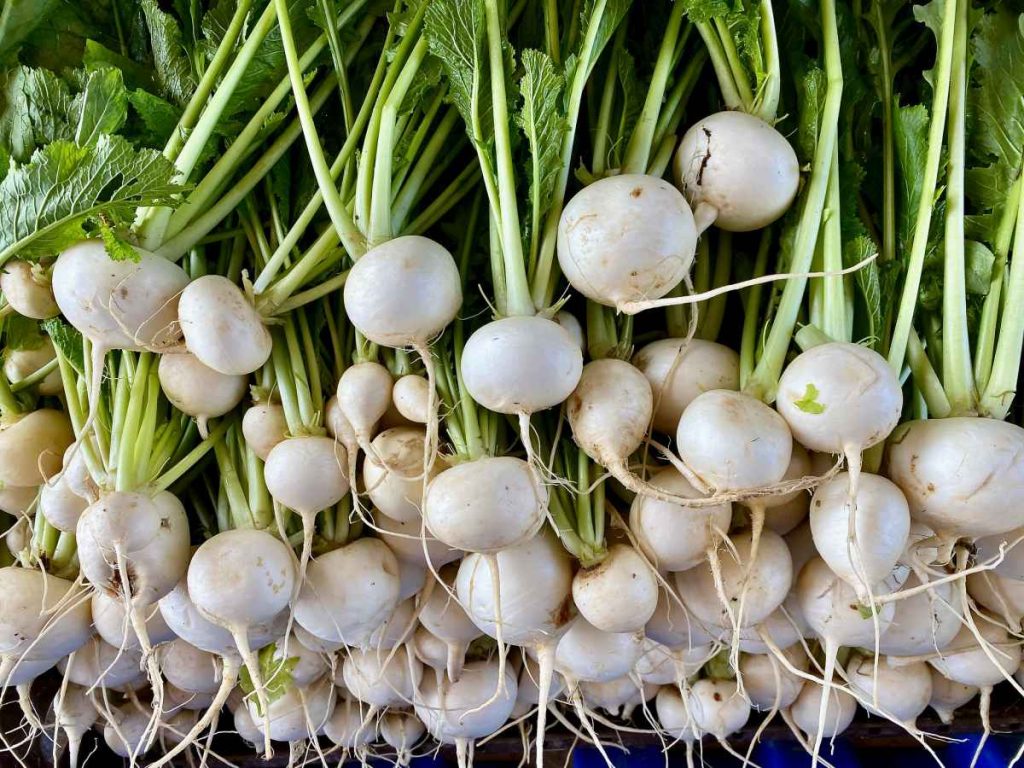Yes, worms can eat potato peels. Potato peels are an excellent source of nutrition for worms and can be a great addition to your composting.
Worms, also known as earthworms, play a vital role in the ecosystem by breaking down organic matter and turning it into nutrient-rich soil. This process is called composting. Not only this helps to reduce waste also, gives a natural fertilizer for plants. Feed your worms food scraps, and with this, you’re benefiting both the environment and your garden.
Potato peels are a great food source for worms. They are high in starch, which provides energy for the worms, and also contain essential nutrients such as potassium and phosphorus. But make sure to prepare the potato peels rightly before giving them to your worms so they can digest them easily.
Can worms eat potato peels?
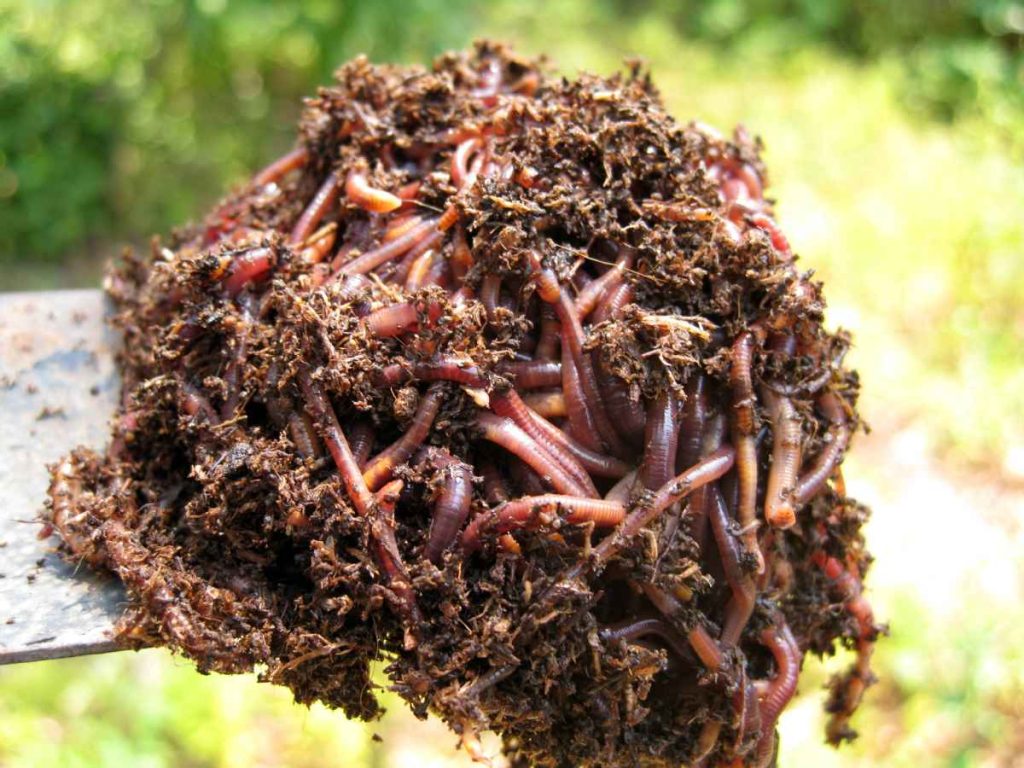
Worms can indeed eat potato peels, and they can be an excellent addition to their diet.
Potato peels are a great source of nutrition for worms, as they are rich in starch, and can provide energy to the worms.
Prepare potato peels properly before feeding them to your worms. Potato peels can be quite tough and difficult for worms to break down on their own. Make sure the peels are easy for worms to digest, it’s best to chop them up into small pieces before adding them to the compost bin. That will help to speed up the composting process.
Moreover, worms can eat a wide variety of other food scraps, including fruit and vegetable scraps, coffee grounds, tea leaves, and even eggshells. The key is to provide a balanced diet that includes a variety of different food sources. This will help to ensure that the worms are getting all the nutrients they need to thrive and produce high-quality compost.
Also Read: How to Use Worm Castings in Vegetable Garden?
Preparing potato peels for worms
Make sure worms can easily digest potato peels by cutting them properly. As mentioned earlier, potato peels can be tough and difficult for worms to break down on their own. Therefore, it’s important to follow these simple steps to prepare potato peels before adding them to your worm bin –
Chop the peels into small pieces – To make potato peels more manageable for worms, it’s best to chop them up into small pieces. You can use a kitchen knife or a food processor to do this. Smaller pieces will break down more easily and quickly in the compost bin.
Let the peels dry out – Potato peels can be quite wet and slimy, which can slow down the composting process. To avoid this, it’s a good idea to let the peels dry out for a day or two before adding them to your worm bin. This will help to remove excess moisture and make the peels more edible for the worms.
Mix the peels with other food scraps – Worms need a balanced diet that includes a variety of different food sources. To ensure that they are getting all the nutrients they need, it’s best to mix the potato peels with other food scraps such as fruit and vegetable scraps, coffee grounds, and tea leaves.
Check this out: Are Worm Castings Good for Tomatoes?
How to feed potato peels to worms?
Feeding potato peels to worms is a great way to recycle food waste and produce high-quality compost for your garden. Here are the steps to follow when feeding potato peels to your worms.
- Prepare the potato peels before feeding them to your worms. Chop them into small pieces and let them dry out for a day or two to remove excess moisture.
- Once the potato peels are ready, it’s time to add them to your worm bin. Mix them with other food scraps such as fruits, vegetable scraps, coffee grounds, and tea leaves.
- Keep an eye on your worm bin to make sure that the worms are healthy and thriving. If the compost starts to smell bad, it’s a sign that there may be too much food waste in the bin. In this case, reduce the amount of food you’re feeding the worms and add more bedding material such as shredded newspaper or cardboard.
How fast will worms eat potato peels?
Worms can eat potato peels relatively quickly, usually within a few weeks. The speed at which they consume them depends on the size of the peels, the number of worms in your bin, and the weather.
Worms tend to eat more quickly in warmer temperatures during the summer season, while their eating habits may slow down in colder temperatures during winter. If you want to speed up the process, try chopping the peels into small pieces, adding more worms to the bin.
Also Read: Is Chicken Manure Good for Potatoes?
What should you not feed to your worms?
While worms can eat potato peels, there are some things that you should never feed them. Here are some items to avoid when feeding your worms –
- Meat, dairy, and oily foods – Worms are not able to digest meat, dairy products, or oily foods like cheese, butter, and salad dressings. These items can also attract pests and cause unpleasant odors in your worm bin.
- Citrus fruits – While small amounts of citrus fruits like oranges and lemons are okay, avoid feeding your worms large quantities of citrus. The acid in these fruits can harm the worms and make the compost too acidic.
- Onions and garlic – These items contain sulfur, which can repel worms and harm their delicate skin.
- Spicy or salty foods – Foods that are too spicy or salty can also harm your worms and disrupt the balance of your compost bin.
- Pet waste – Pet waste can contain harmful bacteria and parasites that can harm your worms and make your compost unsafe for use in your garden.
Some Tips for Feeding Potato Peels to Worms
Here are some other tips –
- Don’t overload your worm bin.
- Once you know what to feed your worms, it’s vital to take care of how often they should be fed.
- Mix potato peels with other types of food.
- Avoid feeding cooked or processed potatoes.
- Cut the potato peels into smaller pieces.
- Check the worm bin whether there is an unwanted odor coming from it.
Conclusion
Worms are excellent composters and can consume a wide variety of food waste, including potato peels. However, it’s important to feed them potato peels in moderation and to mix the peels with other types of food to ensure a balanced diet.
Chopping the peels into small pieces and avoiding cooked or processed potatoes can also help to speed up the composting process.
By feeding potato peels and other food waste to your worms, you can help to reduce your household waste, while also producing rich compost that can be used to fertilize your garden. With a little bit of care and attention, you can create a healthy and thriving worm bin that will provide you with nutrient-rich compost.

